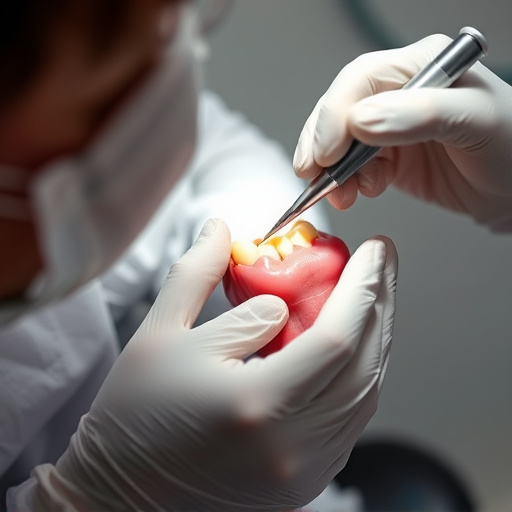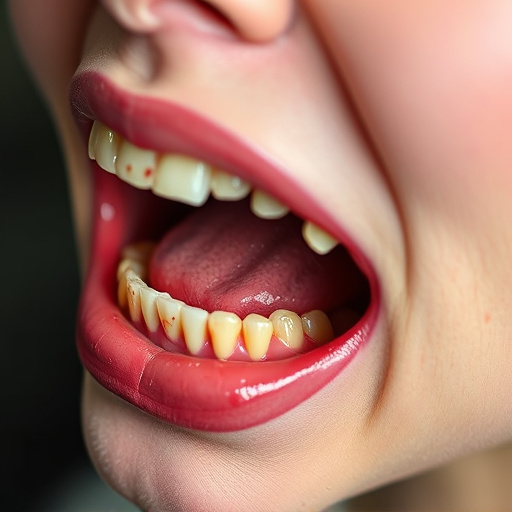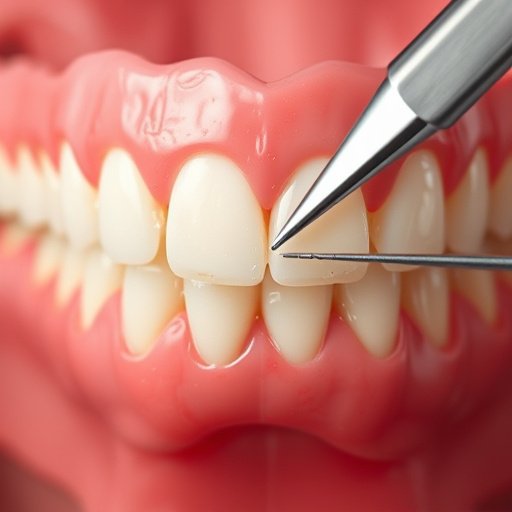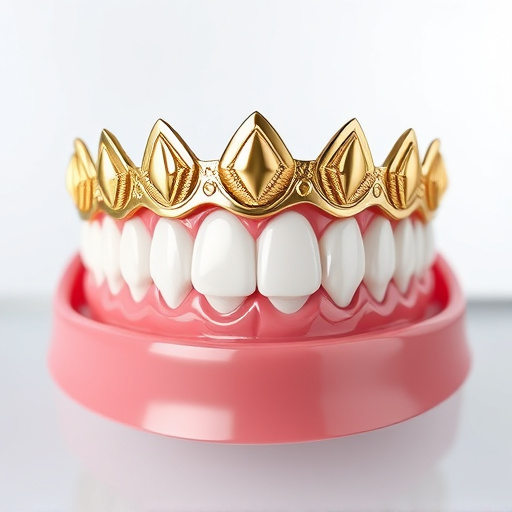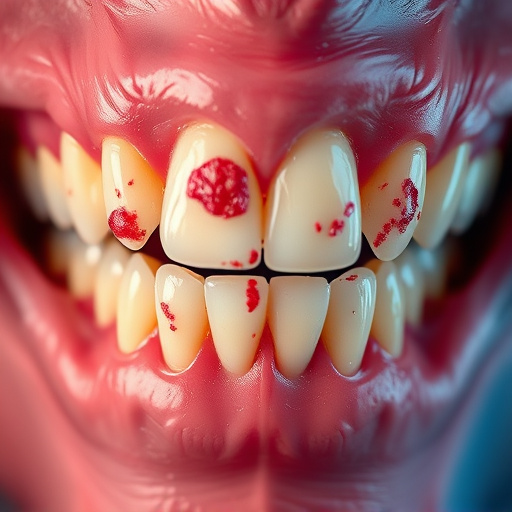The crown lengthening procedure is a key part of full mouth rehabilitation, addressing cosmetic and functional dental issues by surgically modifying the gum line to expose more natural tooth structure. This advanced restorative technique reduces decay risk, improves cleaning access, and promotes oral hygiene, benefiting individuals with short crowns due to genetics or past dental work. It's recommended for tooth wear, recession, and misalignments, enhancing aesthetics and long-term oral health stability. After a precise process involving local anesthesia, patients experience mild discomfort, requiring good oral hygiene and regular check-ups during recovery.
“Uncover the transformative power of crown lengthening procedures, an integral part of full mouth rehabilitation. This advanced dental technique isn’t just about aesthetics; it addresses tooth functionality and overall oral health.
Our comprehensive guide delves into the intricacies of this process, explaining how it enhances smile beauty and strength. We explore its role in rehabilitating damaged mouths, providing a detailed step-by-step account of what to expect before, during, and after treatment. Discover why crown lengthening is a game-changer for dental restoration.”
- Understanding Crown Lengthening: Uncovering the Procedure and Its Benefits
- The Role in Full Mouth Rehabilitation: When and Why It's Necessary
- What to Expect During and After the Treatment: A Comprehensive Guide
Understanding Crown Lengthening: Uncovering the Procedure and Its Benefits

Crown lengthening procedure is a critical component of full mouth rehabilitation, addressing both aesthetic and functional dental issues. This advanced restorative dentistry technique involves carefully altering the gum line to expose more of a tooth’s natural structure, effectively lengthening its appearance. The process begins with precise surgical incisions around the gums, followed by the removal of a small amount of gum tissue and bone. This reveals the crown, the visible part of the tooth above the gumline, giving it a longer, more proportionate look.
Beyond enhancing smile aesthetics, this procedure offers substantial benefits for oral health and functionality. By reducing the risk of tooth decay and improving the accessibility of teeth during routine dental cleanings and routine oral exams, crown lengthening promotes better overall dental hygiene. It’s particularly beneficial for patients with short crowns due to genetic factors or past dental procedures, allowing them to achieve a more balanced, healthy smile that supports their long-term oral health.
The Role in Full Mouth Rehabilitation: When and Why It's Necessary

The crown lengthening procedure plays a pivotal role in full mouth rehabilitation, addressing both cosmetic and functional concerns. This intricate process involves carefully altering the gum line to reveal more of the natural tooth, effectively lengthening the visible portion of teeth. It’s particularly necessary when patients have experienced tooth wear, recession, or misalignments, impacting their smile aesthetics and oral health.
This procedure is often recommended as part of a comprehensive dental care plan, especially for those seeking significant transformations. By addressing the root cause of dental issues and enhancing the appearance of teeth, crown lengthening can be a game-changer in restorative dentistry. It complements preventive dentistry by promoting long-term oral health stability and ensuring that every smile is not just healthy but also aesthetically pleasing.
What to Expect During and After the Treatment: A Comprehensive Guide

During the crown lengthening procedure, a family dentistry expert will carefully create a small opening in your gum tissue to expose more of your tooth, effectively ‘lengthening’ it. This precise process involves using restorative dentistry techniques to reshape the bone and gum tissues surrounding the selected teeth. Typically, local anesthesia is administered to ensure patient comfort throughout the procedure. The dentist may also recommend dental bonding as an additional step to restore the shape and function of the exposed tooth after lengthening.
After the treatment, it’s common to experience some sensitivity or mild discomfort for a few days. Your dentist will provide specific care instructions and prescription medications to alleviate any uneasiness. It’s crucial to maintain excellent oral hygiene practices during the recovery period, including brushing gently around the treated areas. Regular check-ups with your family dentistry practice are essential to monitor healing and ensure everything is progressing as expected following this comprehensive full mouth rehabilitation step.
Crown lengthening is a significant component of full mouth rehabilitation, addressing both aesthetic and functional dental needs. By understanding this procedure and its benefits, individuals facing comprehensive oral reconstruction can make informed decisions about their treatment plan. This guide has provided valuable insights into the process, recovery, and the pivotal role crown lengthening plays in achieving optimal oral health and aesthetics. For those considering full mouth rehab, embracing this evidence-based approach could be a transformative step towards a confident, functional smile.








